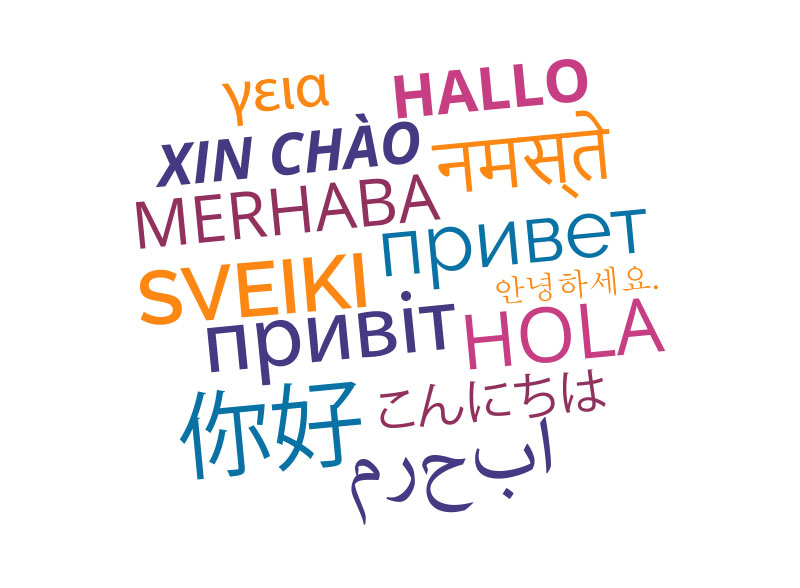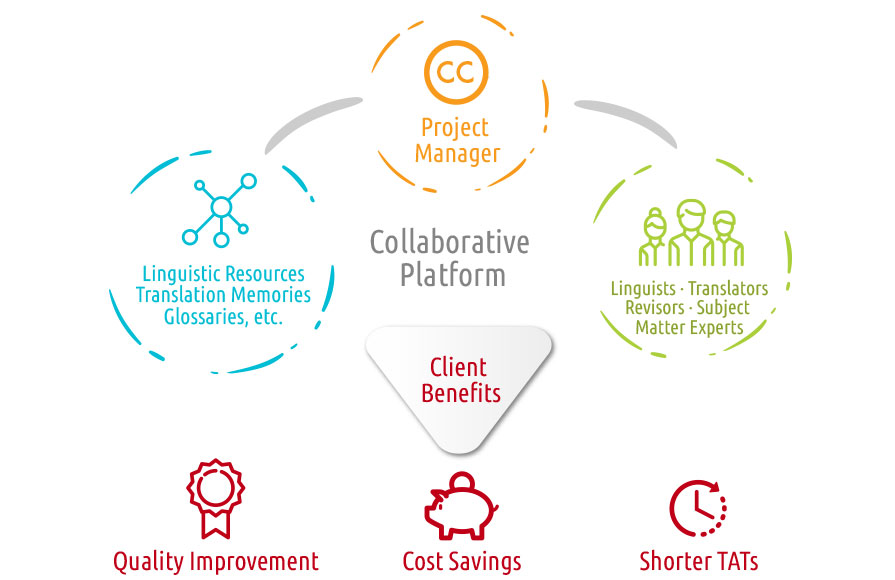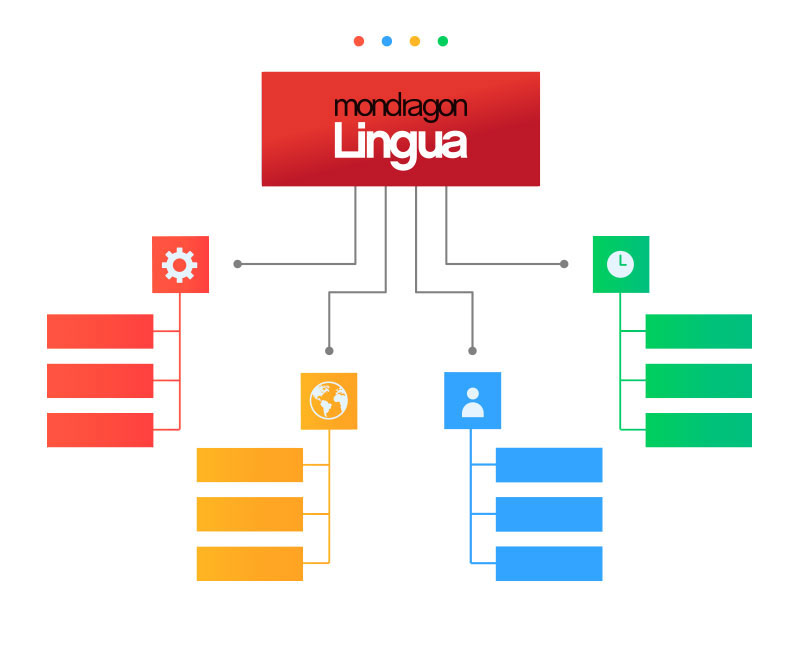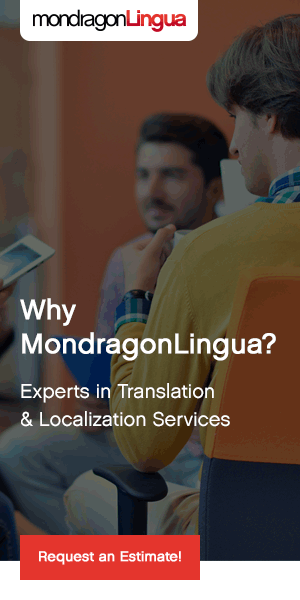When a large corporation with important translation needs is faced with a supplier approval process or organizing a tender process for translation services, one of the key aspects is to be able to depend on providers that have the capacity to respond to urgent translation orders.

It is normal for this to be a concern, because it frequently happens that just before publication, someone suddenly remembers that such and such document, presentation, support, etc., needs to be published in 10 different languages!
How can translation services companies take on these challenges?
Urgent projects are always a challenge and we cannot perform miracles, but the most advanced translation agencies make the necessary resources and procedures available to our clients to help them in these situations.
Here we explain some “tricks” to make sure that the urgent translations are under control
In the case of large volume translation projects, a team of translators can be formed to work on the same project at the same time. They must do so using a Collaborative Translation Platform, sharing and updating memories in real time.

This guarantees terminological consistency and also retains the same optimization of costs for using translation memories as in a non-collaborative project. With this system, it is possible to undertake urgent projects of up to 100,000 words/week, provided that at least two days’ notice is provided.
For smaller, but extremely urgent projects (up to 3,000 words with a 24 hour turn around) which frequently occur in a company, it is advisable to be prepared to have a better response capacity:
- It is a good idea to identify the departments within a company most likely to place urgent translation orders. Marketing will certainly be among them, and also the department for technical documentation, general secretariat, etc.
- The translation agency must define the level of quality typically required in these cases together with the client: Just translation? Do we want to ensure maximum quality and therefore it requires translation and then a revision by a second translator? Or is just a proofread sufficient? (We will have a detailed look at the differences between the different levels and recommendations for their best application in a future post).
- Once the required level of quality has been agreed, a semi-automatic workflow can be configured, whereby professional translators can be assigned on “standby” for those departments (with the profile and experience required for the company’s field). The workflow is automated so that the requests are received directly by the standby team and their acceptance of the task is recorded and communicated to the client. In this manner, the client is informed and has the peace of mind knowing that the request will be covered.
- Furthermore, depending on the volume and the urgency, there is the option to use MT (Machine Translation) which can be post-edited by a post-editor.

These are some recommendation to manage urgent translation projects with the greatest success
If when put into practice it is not possible to resolve an urgent request… then the delivery deadline needs to change!
Would you like to know more about how we work and how we can help you in the case of requiring urgent translations?
Call us on +1 201 343 0015 or complete the form.







